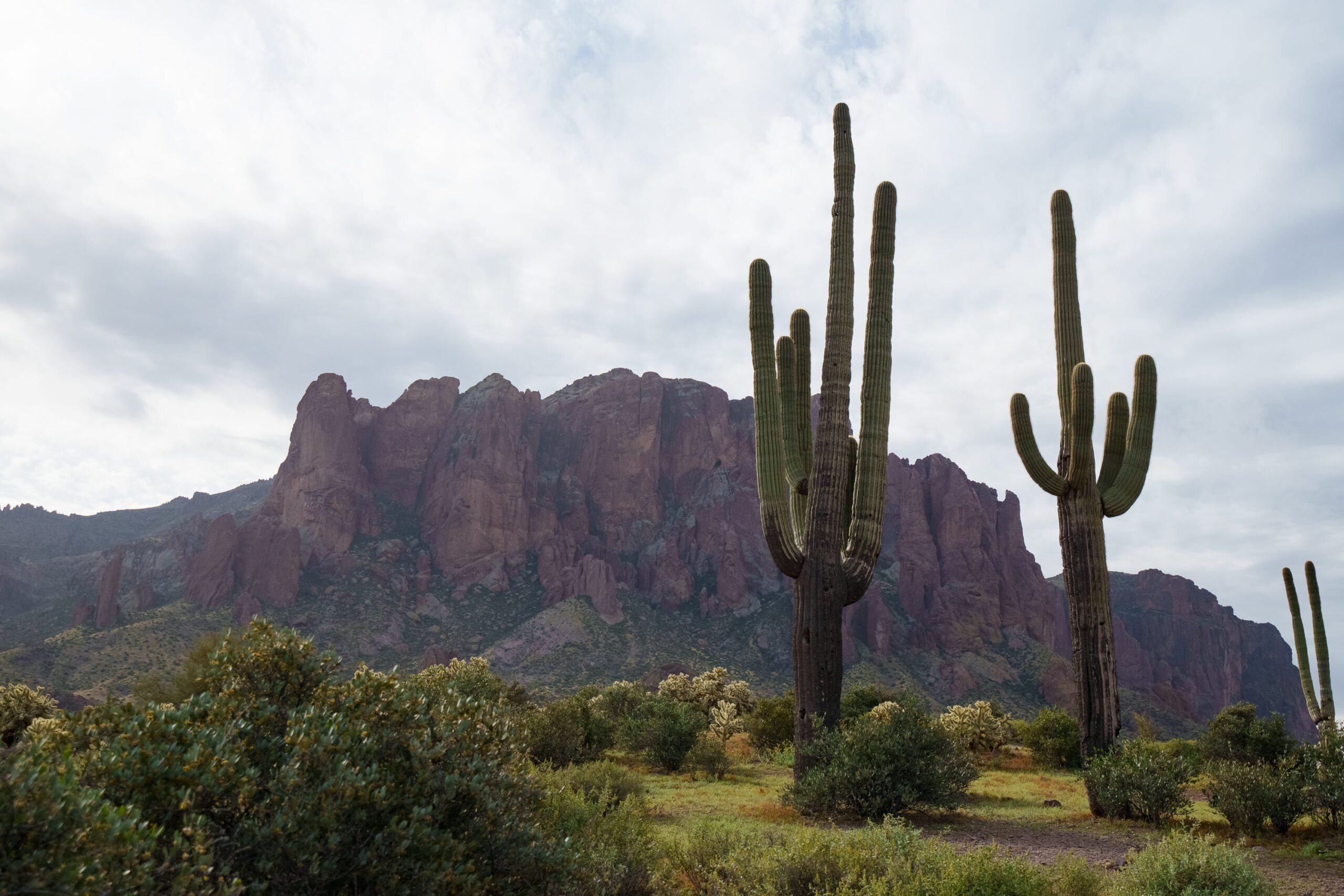
Hiker Dies, Four Rescued in Superstition Mountains Amidst Heat Concerns
A tragic incident unfolded in the Superstition Mountains of Arizona on May 11, resulting in the death of one hiker and the rescue of four others. The Superstition Fire & Medical District (SFMD) reported that first responders were dispatched to the scene around 1 p.m. local time following a distress call regarding five hikers in need of assistance.
SFMD, in collaboration with the Pinal County Sheriff’s Office and the Mesa Fire Department, launched what they termed a "1st alarm Mountain rescue" operation. The hikers were reportedly experiencing medical emergencies related to the extreme heat conditions prevalent in the region.
"Tragically this mountain rescue resulted in one fatality," SFMD stated in a social media post, conveying the somber news. Despite the successful rescue of the remaining four hikers, they declined medical transport to a hospital.
USA TODAY has reached out to the Superstition Fire & Medical District and Pinal County Sheriff’s Office seeking further details about the incident.
Initial reports from local news outlets, including AZFamily, ABC15, and FOX10, indicate that the group was hiking the popular Wave Cave Trail when a 33-year-old male hiker became unresponsive. The hikers had reportedly been on the trail for approximately six hours.
Fellow hikers reportedly performed CPR on the man before the arrival of first responders, but he was ultimately pronounced dead at the scene. The Wave Cave Trail, situated near Gold Canyon, Arizona, lies approximately 40 miles east of Phoenix. According to AllTrails, the trail spans roughly three miles and reaches an elevation of 820 feet.
The SFMD issued a cautionary statement following the incident, urging hikers to be mindful of the dangers of heat-related illnesses, particularly as temperatures continue to rise.
"As temperatures climb, so does the risk," SFMD warned on social media. "Heat illness can set in fast, even for experienced hikers." The department emphasized that heat exhaustion or heat stroke can occur in less than an hour under the intense Arizona sun, where temperatures can soar to 110℉ during the summer months. They further noted that the majority of heat-related deaths on trails occur between 10 a.m. and 4 p.m.
"Please stay safe and plan wisely," SFMD implored. "No hike is worth your life."
The SFMD provided a list of recommendations for hikers to mitigate the risks associated with hiking in hot weather conditions. These recommendations include:
-
Hydration is Key: Drink plenty of water before, during, and after your hike. Carry more water than you think you will need. Consider using hydration packs or water bottles with volume markings to track your intake.
-
Timing Matters: Avoid hiking during the hottest part of the day, typically between 10 a.m. and 4 p.m. Opt for early morning or late afternoon hikes when temperatures are cooler.
-
Dress Appropriately: Wear light-colored, loose-fitting clothing to reflect sunlight and promote ventilation. Choose moisture-wicking fabrics to help keep your skin dry and cool.
-
Sun Protection: Wear a wide-brimmed hat and sunglasses to protect your face and eyes from the sun. Apply sunscreen with a high SPF to all exposed skin.
-
Pace Yourself: Avoid strenuous activity and take frequent breaks in the shade. Listen to your body and slow down or stop if you feel dizzy, weak, or nauseous.
-
Buddy Up: Never hike alone. Hiking with a partner allows you to monitor each other for signs of heat illness and provide assistance if needed.
-
Know the Signs of Heat Illness: Be aware of the symptoms of heat exhaustion and heat stroke, which can include headache, dizziness, nausea, vomiting, muscle cramps, rapid heartbeat, and confusion.
-
Seek Shade: Utilize natural shade provided by trees or rock formations whenever possible. Carry a lightweight umbrella or sun shelter for added protection.
-
Electrolyte Replacement: Supplement your water intake with electrolyte-rich drinks or snacks to replenish lost minerals through sweat.
-
Monitor Weather Conditions: Check the forecast before you hike and be prepared for changing weather conditions. Be aware of any heat advisories or warnings issued by local authorities.
-
Inform Someone of Your Plans: Let someone know your hiking route and expected return time. This will allow them to alert authorities if you do not return as scheduled.
-
Carry a Communication Device: Bring a fully charged cell phone or satellite communication device to call for help in case of an emergency.
-
Emergency Preparedness: Carry a basic first-aid kit and know how to use it. Include items such as bandages, antiseptic wipes, pain relievers, and blister treatment.
-
Plan Your Route: Choose a trail that is appropriate for your fitness level and experience. Be aware of the terrain and potential hazards.
-
Turn Back if Necessary: Don’t hesitate to turn back if you are feeling unwell or the conditions become too challenging. Your safety is paramount.
The tragic death of the hiker serves as a stark reminder of the dangers posed by extreme heat, particularly in desert environments. Hikers are urged to exercise caution, plan accordingly, and prioritize their safety when venturing into the Superstition Mountains and other similar areas. By taking the necessary precautions and being aware of the risks, hikers can help prevent heat-related illnesses and ensure a safe and enjoyable outdoor experience.
